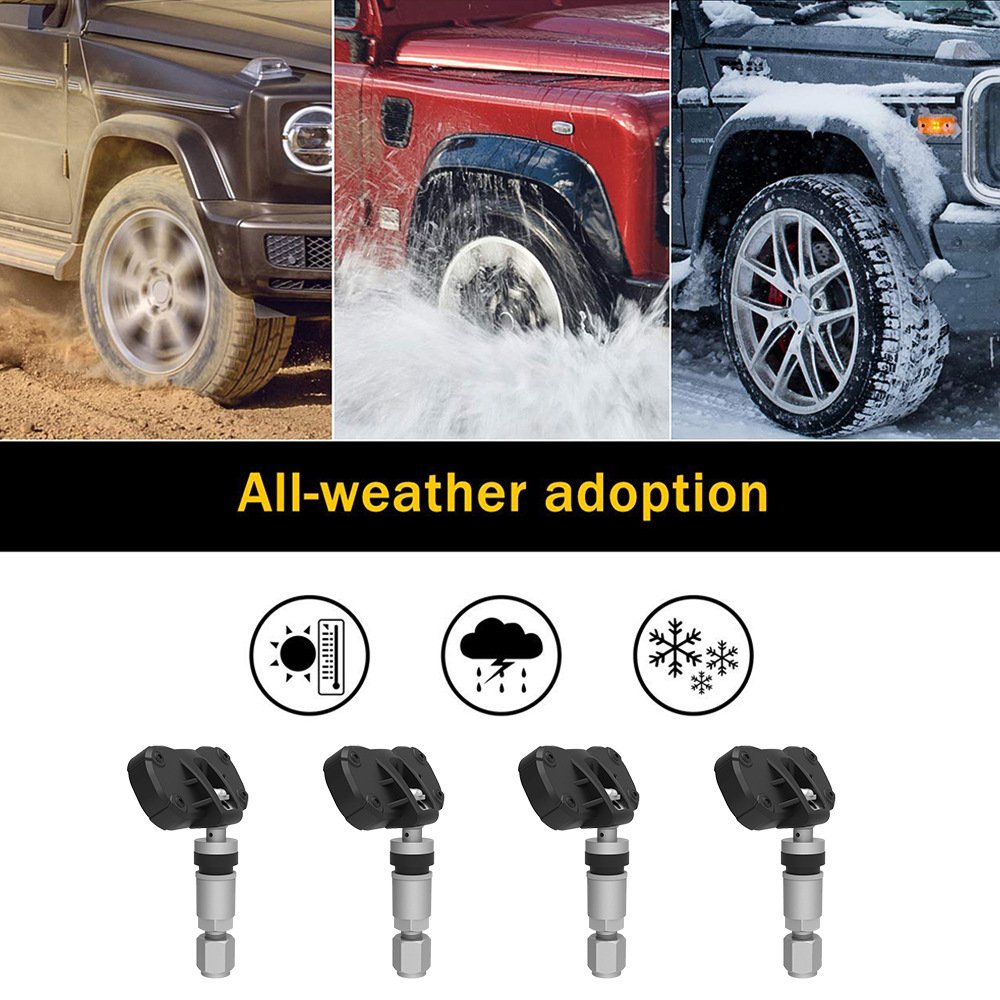Key Features of TPMS Sensors:
Real-Time Monitoring: TPMS sensors provide constant real-time data on tire pressure. If the tire pressure falls below or rises above the recommended level, the system will alert the driver via a warning light or message on the vehicle's dashboard.
Two Types of Systems: TPMS sensors come in two main types:
Direct TPMS: This type uses individual sensors in each tire to directly measure the pressure. These sensors transmit data wirelessly to a central control module in the vehicle. Direct TPMS provides accurate, real-time information and can also identify which specific tire is underinflated.
Indirect TPMS: Rather than using sensors, this type calculates tire pressure indirectly by measuring the rotational speed of each tire via the vehicle's ABS (Anti-lock Braking System) sensors. A tire with low pressure will have a different rotational speed compared to a properly inflated tire.
Safety Enhancement: TPMS sensors play a crucial role in enhancing road safety by preventing tire blowouts, reducing braking distance, and improving vehicle handling. Properly inflated tires also contribute to better fuel efficiency and reduced tire wear.
Battery-Powered: Most TPMS sensors are powered by small batteries with an average lifespan of 5 to 10 years. When the battery is low, the sensor may need to be replaced.
Mandatory in Many Regions: Due to their safety benefits, TPMS has become mandatory in many regions. For example, the United States and the European Union require all new vehicles to be equipped with TPMS.
Benefits of TPMS Sensors:
Enhanced Safety: Early detection of underinflated or overinflated tires reduces the risk of accidents.
Cost Savings: Proper tire inflation reduces fuel consumption and extends tire life.
Convenience: Drivers receive instant alerts about tire pressure issues without manually checking each tire.
Overall, TPMS sensors are an essential component of modern vehicles, helping to ensure optimal tire performance and enhancing overall driving safety.



